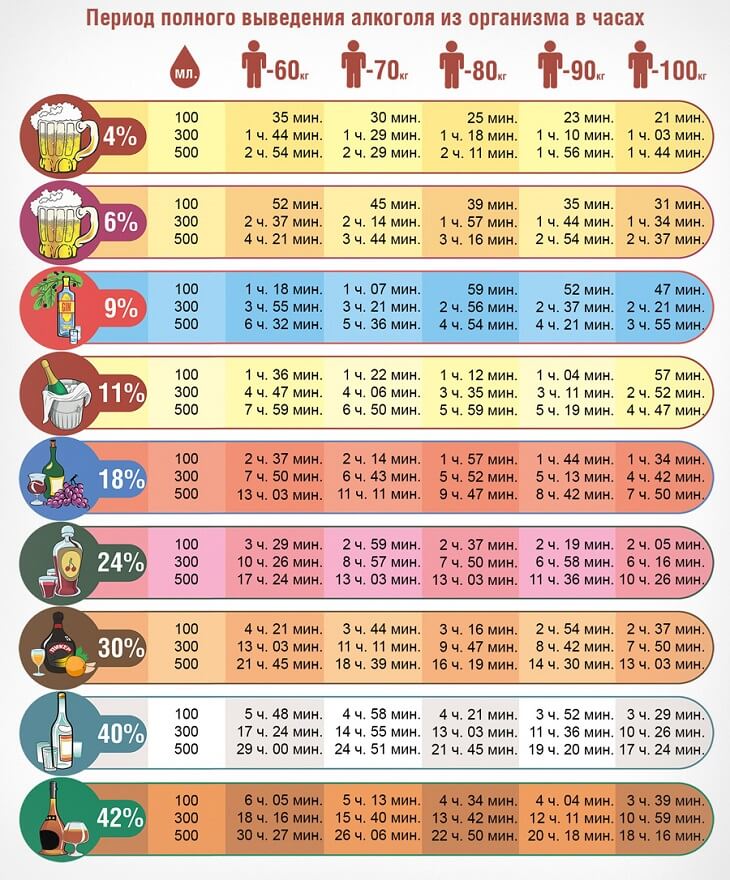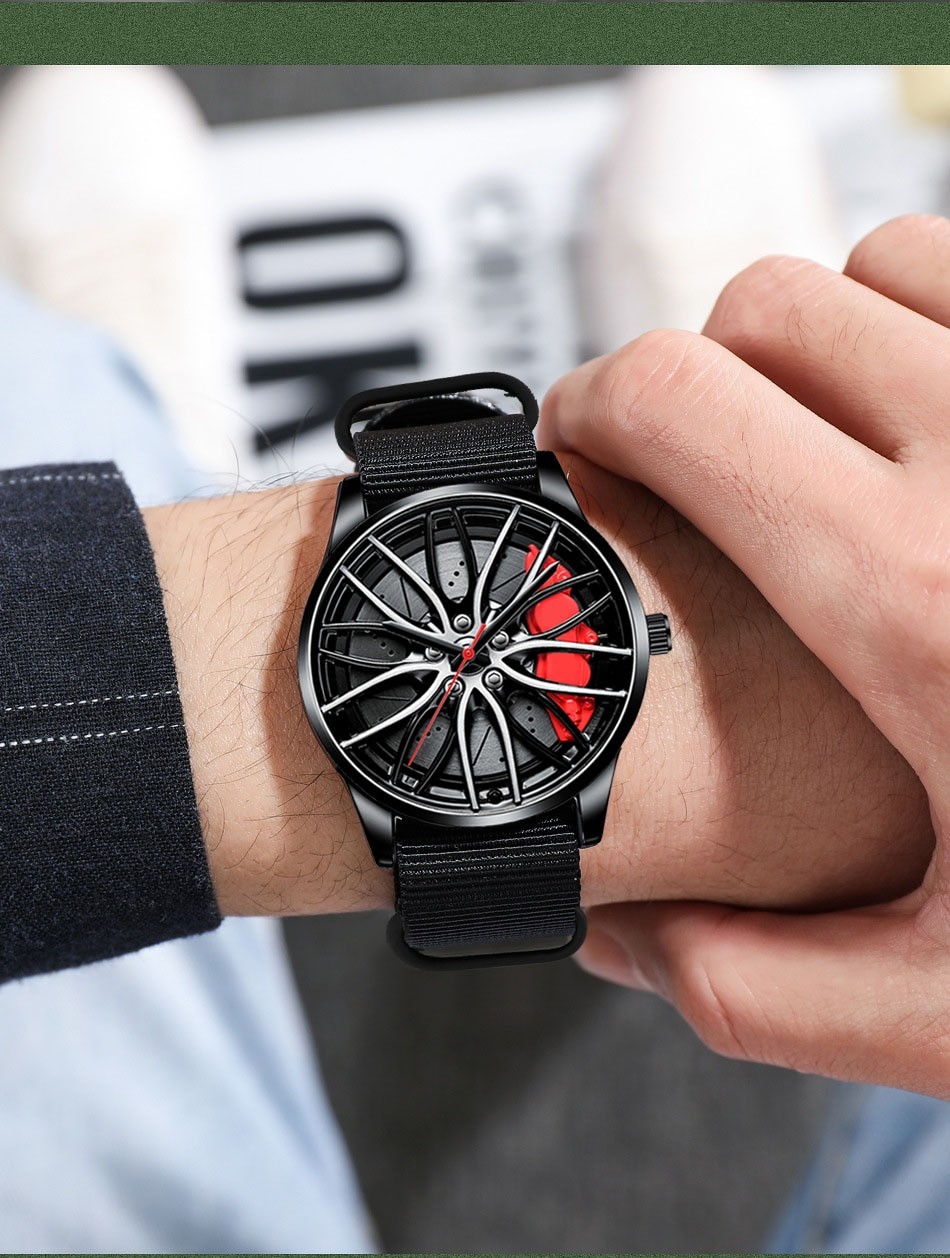
Radial Internal Combustion Engine - Why is it so special?
Content
The radial engine owes its popularity primarily to aircraft structures. Aircraft can provide very good cooling for powertrains, and the engine is air-cooled. However, it is worth learning more about this type of drive. What else distinguishes this design? Where was it used? Find out in our article!
Star motor - drive design
Although this engine may have many cylinders and a large displacement, it has a very compact design. In any case, the basis for building the engine is the circumference of the wheel, in the central part of which is the crankshaft. Cylinders with pistons are located on levers at equal distances from the shaft. A radial engine very often has noticeable fins because it is not cooled by liquid, but by air. It also reduces the need for additional attachments and own weight. These units can be made up of many "stars" that are stacked one after the other.
Star engine - principle of operation
The vast majority of star rotor designs operate on a four-stroke cycle. Therefore, it is necessary to install an odd number of cylinders in order to complete a working cycle in each of them in two revolutions of the crankshaft. For one revolution, ignition can occur in odd-numbered combustion chambers, and for the second - in even-numbered ones. This helps reduce engine vibration and smooth engine operation. A radial engine can also work as a two-stroke, but this is how a small group of units work.
What are the benefits of radial motors?
What is worth noting is that there are more pluses than minuses, which is why these engines were so readily used, especially in military aviation. First, radial engines are easier to design than in-line engines. Fewer attachments reduce weight. They also don't have to have the same work culture as others, which encourages faster design and production. The radial rotary engine also produces more power than comparable in-line units. It is also damage resistant.
Star engines and their use in war
Simplicity of design, cheapness and durability - that's what mattered in the war. If one of the cylinders was damaged, it did not interfere with the others. The motor, of course, could be weaker, but the pilot could still fly.
Star engine - does it also have flaws?
Star structures seem to be very successful, but they also have their drawbacks:
- air cooling requires a specific installation location in the aircraft structure;
- engines that are too large disrupt aerodynamics and therefore can also have a greater effect on handling;
- they usually generate little power at low rpm.
- due to their characteristic design, it is difficult to install a supercharger on them.
Strengthening such a unit by increasing its power is also very limited. It usually consisted of a radial engine receiving another star, which was located behind the first. In some cases, designers even used 4 stars in a row. This dramatically increased power, but each subsequent group of cylinders cooled less and less.
Star engine in a car - does it make sense?
Of course, this does not make any sense and therefore excites many motorists. Over the years, many designs of cars and motorcycles have been created in which a radial engine was installed. One of them is Goggomobil Car from Germany. This car is factory-made at the beginning of the 10,22nd century in a village across the Oder River. On one of them, the designers installed an engine with a capacity of XNUMX liters from a Russian aircraft.
In 1910, Verdel sold a motorcycle with a 5-cylinder radial engine. However, the design turned out to be too expensive and difficult to operate.In the past, enthusiasts have tried to install a radial engine in cars and two-wheelers, but without much success. These units were adapted to aircraft, so it was pointless to use them in the automotive industry. However, technology is advancing, so perhaps we will hear about them in the new version.

